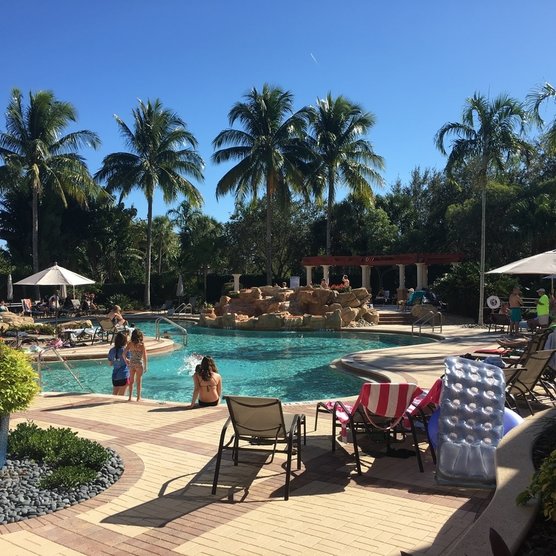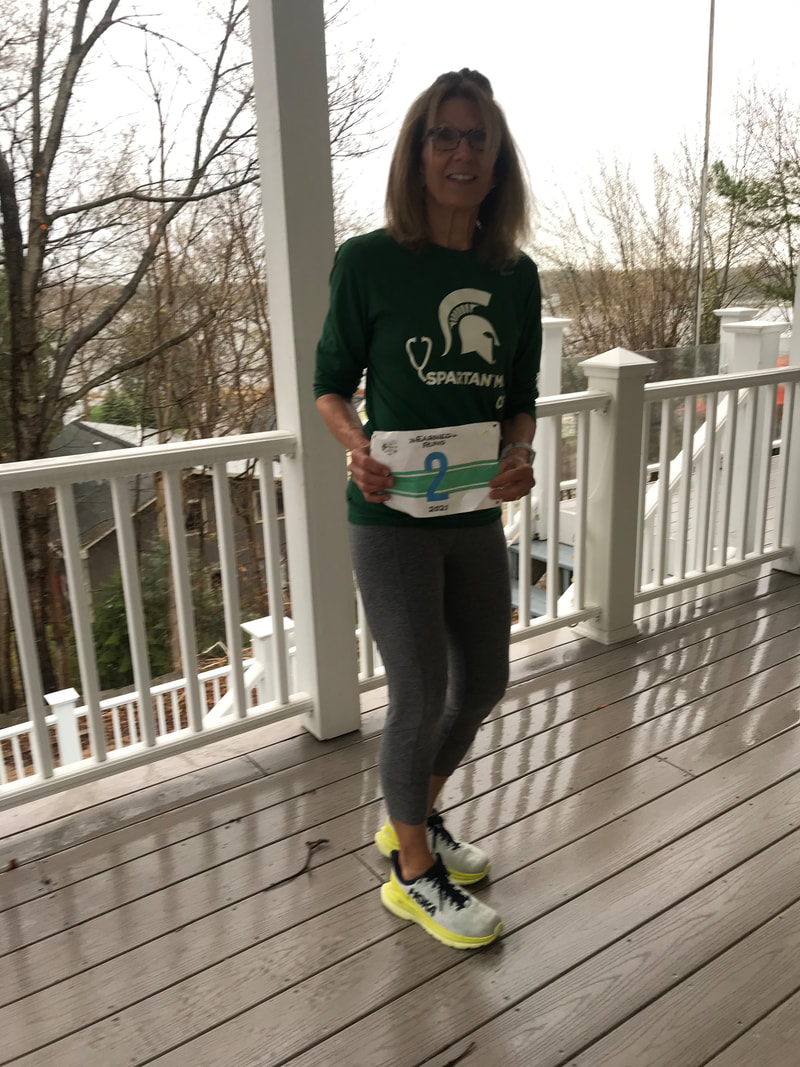BLOG
|
|
MAKE THE MOST OF MILEAGE AFTER YOUR EARLY 30’s; CROSS TRAINING IS LOOKING BETTER AND BETTER. There’s quite a bit to become excited about in the title of an article written in 2014, “Study: Late Starters Run Faster in Older Years”, by Matt Fitzgerald for Competitor.com. Fitzgerald identifies a “late start” running as one that occurred in a runner’s late 20’s or early 30’s or later. “Older years” means master’s age group, greater than 40-45 years. He says “The typical age-group record setter in the older master’s divisions only started” at this age, and is likely to beat out runners who peaked in their 20’s.
Those “who were the best in the world in their 20’s and who kept competing past middle age are almost never the best in the world in the older age groups”. He goes on to say that these early record holders tend to become much slower once they reach age 45. He refers to the thinking and writing of author and researcher Dr. Tim Noakes. His study with colleagues at the University of Cape Town South Africa, conducted 4+years prior to the publication of the 2014 article, showed DNA findings that provide insight into this phenomenon. (See NOTE, below) In the study he reports, the measured length of DNA strands from calf muscle cells of experienced middle-aged runners, average 42 years, was inversely related to their running experience and volume. Those with the “fewest miles in their legs” tended to have longer DNA strands. Why is that significant? Fitzgerald explains that scientists think “time and stress cause our DNA to progressively shorten”, possibly related to the effects of high-mileage training. Although such training results in positive physiological changes that optimize performance, after a time the accumulated negative effects outweigh these benefits. The TAKEAWAY message Fitzgerald says, provided by elite running coach Brad Hudson, is that runners should “transition from a high-mileage approach to a low-mileage cross-training approach when they hit their mid-30s.” Potentially the author indicates, this strategy may allow runners to avoid the “costs of high-mileage training” and preserve speed for later years, before the speed-killing changes “add up”. In practical terms, this information points toward training plans that limit running days to 3 or 4, reserving the remaining days for cross training (sometimes call active recovery), strength work, and real rest. Fitzgerald further explains tactics older runners can use in a second article “For Best Results, Train Your Age”. He cautions against filling your training schedule with “junk miles” after age 40. “Accumulated wear and tear on your body has probably already put you past the point of being able to set new PR’s” and basic aerobic runs may be more harmful than helpful in making “new aerobic adaptations”. However, as a non-elite, even if you cannot hope to beat your younger-self times, you can aim for a great performance in your age group. This will be helped by doing “three or four focused sessions per week in the muscle training, threshold training, and specific endurance categories,” and adding strength and cross-training on the other days. If you have not been a high-mileage runner and are into or beyond middle age (when is that exactly?) there’s hope that ‘SMART’ training with lower mileage running plus support work and cross training can help you perform well in your age group and run injury-free into the future. Adding swimming, cycling, hiking, and rowing, for example, to training can extend your running life and allow you to experience alternative forms of physical activity and various competitive venues, joining family and friends in THEIR favorite athletic pastimes if foot racing isn’t their thing. The GREATEST BENEFIT of decreasing the number of miles we log on our legs and putting more effort on balance, flexibility, mobility, strength, and non-leg work is that our whole body, not just our chromosome ends, will gain and maintain function farther into our later, later, later years (60’s to 90’s?). RUN HAPPY! Note: The research study referred to in Fitzgerald’s article is not identified but may be one published in May 2010 by DE Rae and others at the Research Unit for Exercise Science and Sports Medicine at the University of Cape Town. In that effort, “Skeletal muscle telomere length in healthy experienced endurance runners”, the muscle sampled was the vastus lateralis in the thigh, and the DNA measured was the portion that forms the ends of the chromosome (TRF or terminal restriction fragment of the telomere) Telomeres are known to shorten with each cell division, which would increase with muscle repair and remodeling in response to damage over time as a result of chronic endurance running and training. There were 18 experienced-runner and 19 sedentary men in the study and no women. About 53% of the sedentary men were smokers; none of the runners had this habit. There was no difference in TRF lengths in sedentary smokers versus non-smokers. The TRF length of all men in the study was within the normal range and nowhere near what would be seen in disease states. There seems to be a kind of ‘Goldilocks’ effect here (scientists call this a U-shaped effect), with those having the least and greatest exposure to endurance running showing more TRF shortening than those in the mid-range (“just right” amount). For a bit more information on how many miles to run, an article from Active.com may help, "Distance Running: How Many Miles Should You Run?" by Jason R Karp. It provides a scientific perspective for you to consider. Lately, some races have been providing 2 levels of training to prepare for a race. One is for beginners/those wanting to just finish, and another is for those hoping to run their best time. I sometimes use an old training plan from a previous race to prepare for an upcoming event, if I did well and did not encounter any training issues or injuries. http://running.competitor.com/2014/04/training/study-late-starters-run-faster-in-older-years_8283 http://running.competitor.com/2014/05/training/train-your-age_9141 http://www.active.com/running/articles/distance-running-how-many-miles-should-you-run https://www.ncbi.nlm.nih.gov/pubmed/20101406
0 Comments
Your comment will be posted after it is approved.
Leave a Reply. |
BRIDGE TO PHYSICAL SELF
Running, walking, and fitness activities enable us to experience our physical selves in a world mostly accessed through use of fingers on a mobile device. AuthorEARNED RUNS is edited and authored by me, runner and founder. In 1978 I began participating in 10K road races before 5Ks were common. I've been a dietitian, practiced and taught clinical pathology, and been involved with research that utilized pathology. I am fascinated with understanding the origins of disease as well as health and longevity. Archives
November 2023
CategoriesNew! Search Box
Earned Runs is now searchable! Check it out...
|


 RSS Feed
RSS Feed